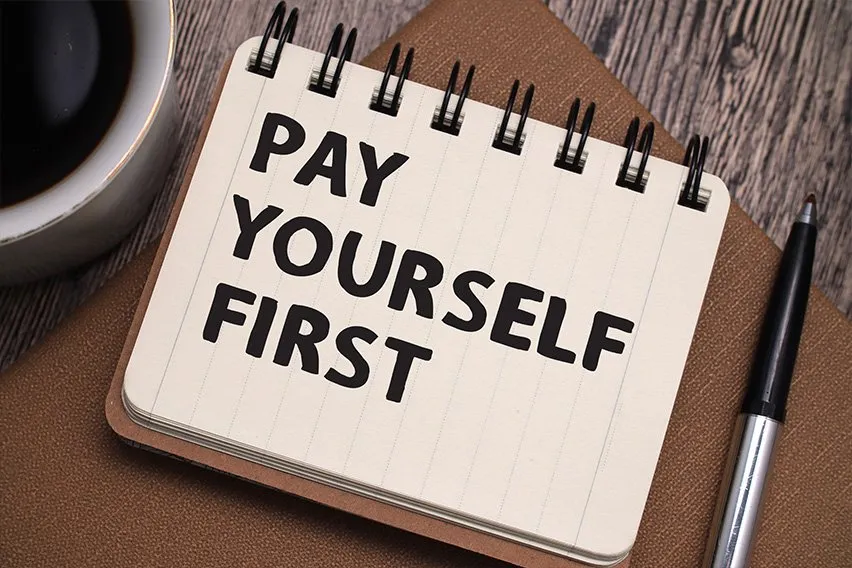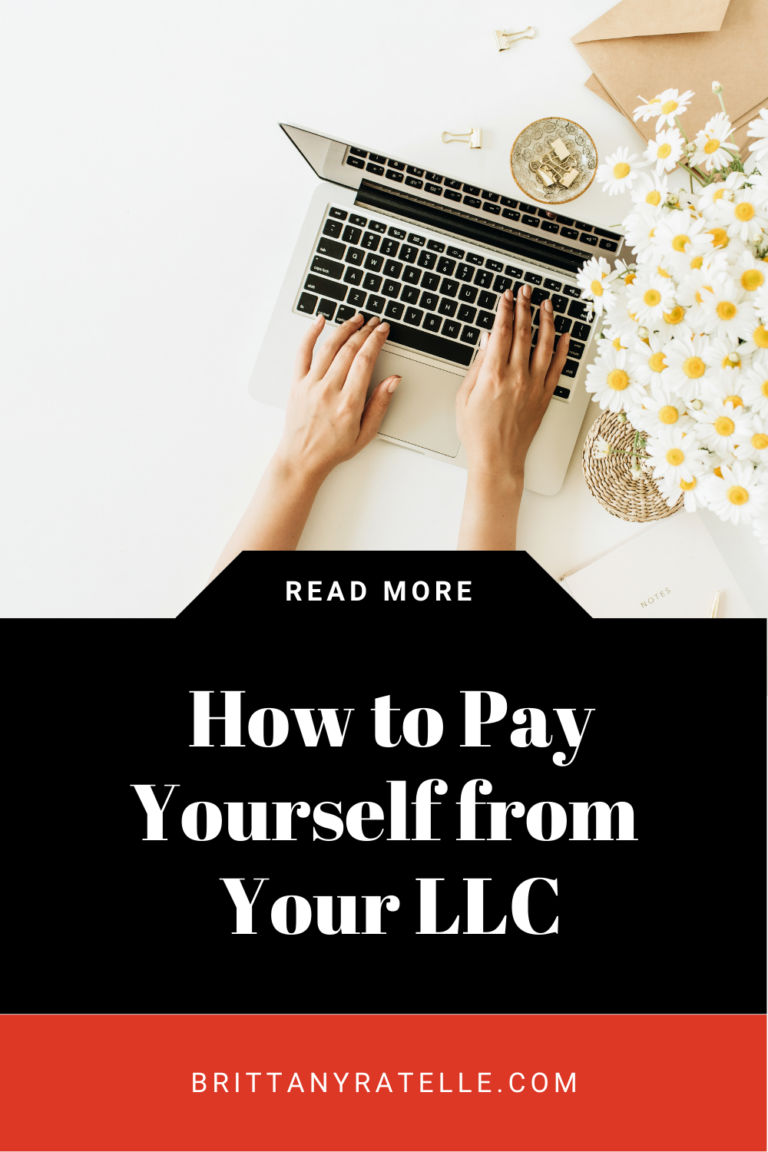How To Pay Yourself From Your Own Business

Navigating the world of small business ownership presents a unique set of challenges, not least of which is determining how to compensate oneself. The dream of being your own boss often collides with the practical realities of cash flow, legal structures, and tax obligations.
Finding the right balance between reinvesting in your company's growth and ensuring your personal financial stability is crucial for long-term success.
Understanding the Landscape: Paying Yourself From Your Business
The method by which you pay yourself depends heavily on your business's legal structure. This "nut graf" will explore the different options, providing a framework for understanding the nuances of each approach and outlining the crucial considerations for small business owners.
We'll delve into the distinctions between sole proprietorships, partnerships, LLCs, and corporations, providing practical guidance for selecting the method that best suits your circumstances.
Sole Proprietorships and Partnerships: Owner's Draw
For sole proprietorships and partnerships, the process is relatively straightforward: owners typically take an owner's draw. This involves withdrawing funds from the business for personal use.
However, it's crucial to remember that these draws are not considered salary or wages and are not subject to payroll taxes in the same way.
Instead, you'll be responsible for paying self-employment taxes (Social Security and Medicare) on your share of the business's profits, regardless of whether you actually take a draw.
"The biggest mistake I see sole proprietors make is failing to account for self-employment taxes throughout the year," says Maria Rodriguez, a CPA specializing in small business accounting. "Setting aside a portion of each draw for taxes is essential to avoid a large tax bill at the end of the year."
Limited Liability Companies (LLCs): A Flexible Approach
LLCs offer more flexibility in how owners are paid. They can choose to be taxed as either a sole proprietorship, partnership, or corporation.
If taxed as a sole proprietorship or partnership, the owner's draw method applies, with the same self-employment tax considerations.
However, an LLC can also elect to be taxed as an S corporation. In this case, the owner becomes an employee of the business and receives a salary. This salary is subject to payroll taxes (Social Security, Medicare, and income tax), just like any other employee's wages.
S Corporations: Salary and Distributions
When an LLC or a regular corporation elects S corporation status, owners who are also employees must receive a reasonable salary for the work they perform. The IRS scrutinizes S corporations to ensure that owners are not underpaying themselves a salary to avoid payroll taxes.
In addition to a salary, S corporation owners can also receive distributions of profit, which are not subject to self-employment taxes. However, these distributions must be proportionate to ownership and cannot be used as a substitute for a reasonable salary.
According to the Small Business Administration (SBA), defining a "reasonable salary" requires careful consideration of factors such as the owner's skills, experience, the nature of the business, and industry standards.
C Corporations: Salary and Dividends
In a C corporation, owners are typically employees and receive a salary subject to payroll taxes. C corporations can also distribute dividends to shareholders, including owners.
However, dividends are paid out of after-tax profits, resulting in double taxation: the corporation pays taxes on its profits, and shareholders pay taxes on the dividends they receive.
This double taxation is a key disadvantage of the C corporation structure.
Practical Considerations for All Business Structures
Regardless of your business structure, several practical considerations apply when determining how to pay yourself. Firstly, it's crucial to maintain accurate and detailed financial records.
Secondly, separating your personal and business finances is essential for both accounting and legal purposes. Open a separate business bank account and use it exclusively for business transactions.
Thirdly, consult with a qualified accountant or tax advisor to ensure you are complying with all applicable tax laws and regulations. This is especially important when dealing with S corporations and C corporations, where the rules can be complex.
Future Trends and Challenges
The landscape of small business taxation is constantly evolving. The rise of the gig economy and remote work arrangements is creating new challenges for determining appropriate compensation and tax compliance.
Businesses need to stay informed about changes in tax laws and regulations to ensure they are paying themselves and their employees correctly.
Furthermore, as automation and artificial intelligence continue to transform the business world, the definition of "reasonable salary" may need to be re-evaluated, particularly for owners performing tasks that can be partially or fully automated.
In conclusion, paying yourself from your own business requires careful planning and a thorough understanding of your business's legal structure and tax obligations. By following these guidelines and seeking professional advice, you can ensure that you are fairly compensated for your efforts while remaining compliant with the law. Prioritize clear financial separation, detailed record-keeping, and regular professional consultations to navigate the complexities and secure your financial future.


















